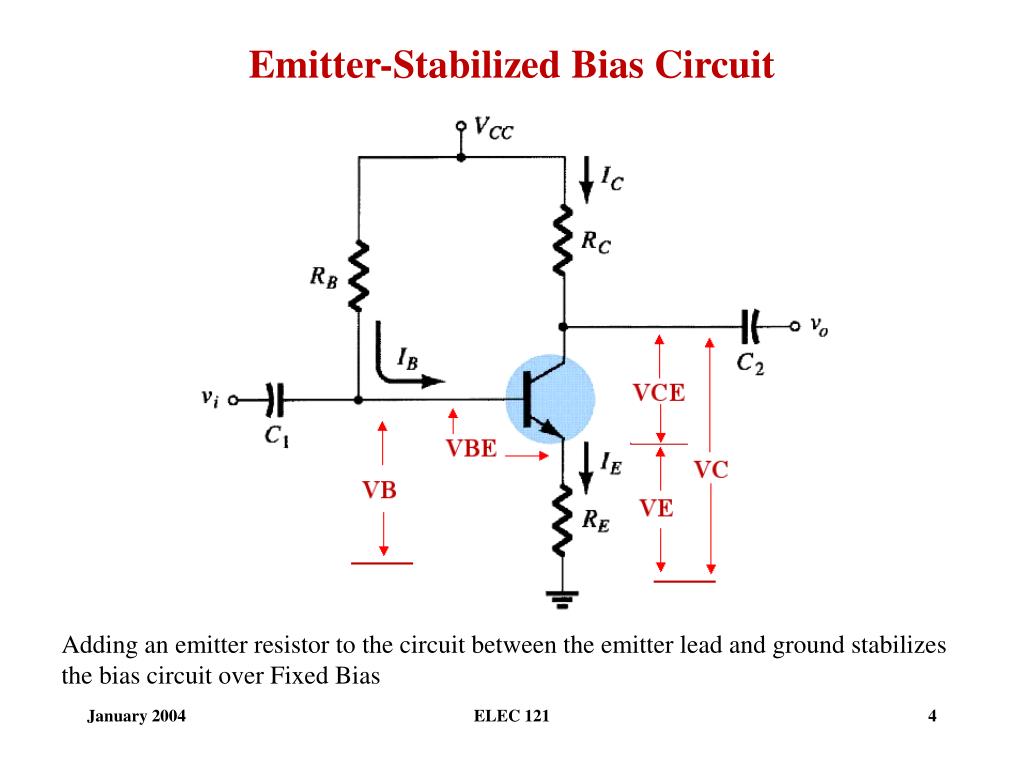
This high output is connected thru a resistor to a blue LED designated for BASE. This high output is passed thru a latch so that if the output of AND U7 is changed at some later stage, the HIGH state is not disturbed. Presently, the output from NAND U1tells that only one LED is ON and the output from NOR tells that the base has not been detected so output of AND U7 goes HIGH. The HIGH output of NAND U1 and HIGH output of NOR U4 goes into the AND U7.This AND performs as base detector. Since the base is not yet detected, both the inputs will be LOW and hence the output will be HIGH. The inputs to NOR U4 are coming from the other two modules, which check if the base has already been detected or not. (Since R2 & G2 and R3& G3 are LOW, there is no activity in the other two modules). Therefore, the output of NAND U1 would be HIGH. Presently, the blue jumper is connected to the base of Q-test hence, R1 should be HIGH and G1 should be LOW. The opto-couplers’ outputs R1 and G1 are fed into the NAND U1, which checks if both LEDs are illuminated or not. Now, we start with the working of the module corresponding to blue jumper(J1). CHECKING THE STATUS OF OUTPUTS FROM THE OPTO-COUPLERS We assume J1 is BLUE colored J2 is RED and J3 is GREEN.Īnd we further assume blue jumper is connected to the base of an NPN transistor (Q-test), red to collector and green to emitter. The enhancement circuit has three identical modules each corresponds to jumpers J1, J2 or J3. Similarly, R2 & G2 corresponds to J2 and R3 & G3 corresponds to J3. The outputs of the LEDs corresponding to J1 are R1 for red and G1 for green. The outputs will be 9V for an illuminated LED and less than 1V for OFF. All these relays are connected in NC state. The switches corresponding to J1, J2, and J3 are replaced with reed relays RL1, RL2 andR元 respectively. A 100k pull-down resistor and a smoothing capacitor are connected with the emitters. The collectors of the optocouplers are connected with the power supply. The LEDs are replaced with opto-couplers. If transistor was detected PNP, the red LED indicates that the jumper is connected to EMITTER and green LED indicates COLLECTOR. If transistor was detected NPN, the red LED indicates that the jumper is connected to COLLECTOR and green LED indicates EMITTER. And the only one LED for the other two jumpers will be illuminated. Now, both the LEDs of this jumper will go off. In the next phase, the switch corresponding to the jumper connected to the BASE is opened. If it is red LED, the transistor is NPN otherwise, if green, it is PNP.

The jumper with one LED ON is connected to BASE.

CHECKING THE STATUS OF OUTPUTS FROM THE OPTO-COUPLERS.


 0 kommentar(er)
0 kommentar(er)
